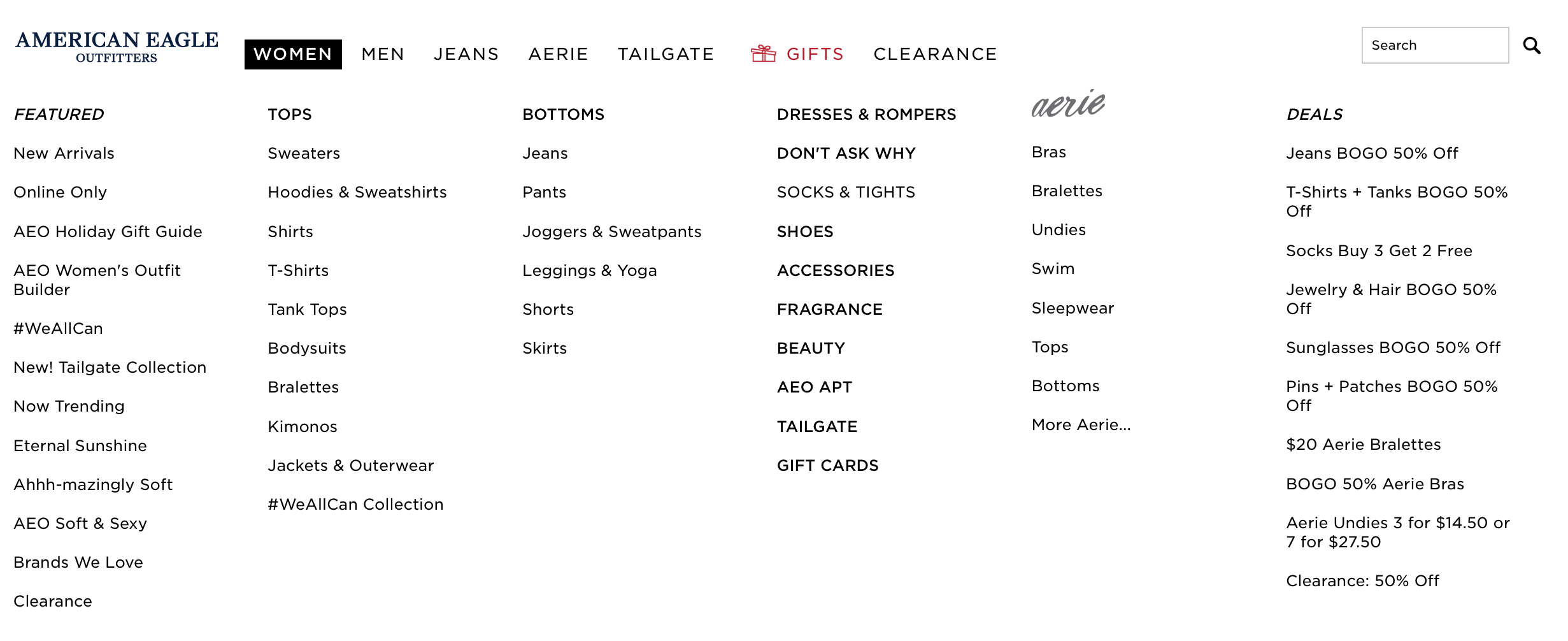The unrelenting evolution of e-commerce continues to push unprecedented change for the retail industry, not least presenting an obvious growth opportunity for retailers looking to expand into foreign markets. Creative Culture spoke with Martin Truong, Head of Communications & Digital, Northern Europe at e-commerce specialist Webloyalty, to gain insight into the biggest cultural challenges facing the industry today.
Is language the key to everything?
Words matter – and every little detail helps. Clothing retailer American Eagle Outfitters made simple changes to adapt their website from US English to UK English and although it may seem unnecessary to some, making those subtle changes can be what helps a brand to succeed in a new market. After all, if you ask a British person if they are wearing pants, you’d be sure to get a few funny looks!


Although transcreating campaigns is the most obvious challenge that can make or break dreams of launching an e-commerce platform into international markets, Truong is quick to point out that it is only one of the many aspects to keep in mind. In order to create shopping experiences that are as seamless as the ones offered locally, he says that “it is essential to carry out due diligence on potential barriers, focusing on cultural sensitivities, working styles, technological preferences and shopping habits”.
Getting the insights right
Thanks to the growth of online retail, consumers are no longer forced to shop locally. The illustration below shows how the online market has opened up a world of opportunity and choice for shoppers, who can now browse and buy from retailers thousands of miles away.

Webloyalty: The Unfaithful Consumer
To complement this explosion of choice, it is essential to research (local) consumers’ preferred shopping channels, their expectations for omnichannel experiences, and the adoption of new technologies. While e-commerce has – to an extent – abolished country borders, marketers cannot fall into the trap of thinking they have one harmonious target audience worldwide. In China, for instance, e-commerce platforms are becoming a popular option for food shopping because of consumers’ food health and safety concerns, while in Africa, online shopping platforms like MallforAfrica allow customers to purchase from their favourite US and UK clothing and tech brands without the risk of purchasing fraudulent products.
Truong explains, “while it is becoming increasingly important to consider investing in highly developed technology and mobile infrastructure, some markets may not have access to the latest digital technologies. In these cases, it is important not to get lost in all the technological possibilities and choose the channels and innovations that will work best for consumers in the local market”. This applies to promotional channels, too. Canadians, for example, like to receive direct mail according to Canada Post, while digital marketing is a popular choice in New Zealand, which has a very active social media scene.
Right on the money
According to Truong, the same attention to detail applies when choosing what payment options to offer. “There’s nothing more frustrating for consumers than investing time in your company, only to find out at the end that they can’t pay for the things they want to buy”, he says. According to Entrepreneur, European countries like France, the Netherlands and Sweden tend to use some form of debit cards. In Japan, many consumers prefer using cash and paying at Konbinis (a type of convenience store), while in Africa, mobile-based money transfer services are very popular.
In the end, failing to research the ways customers wish to pay for their shopping will cost time and money as well as affect the brand’s reputation locally.
Going from point A to point B
The flow of goods between markets presents many challenges, including customs regulations and the complex logistics involved in getting something from point A to point B in a reasonable amount of time (and for an acceptable amount of money). The following infographic about “A Day in the Life of the UPS Fleet” shows just how complex the international shipping business can be.

Created for UPS by Kiki Karpus and GOOD Magazine
Having discussed international expansion with several ecommerce partners, Truong explains that the selection of shipping and fulfilment services is a recurring theme, and one of their biggest hurdles. Shopify reinforce the importance of this step, warning, “… the received package is the first physical touchpoint your customer will have with your brand”. While it is tailor-made for Shopify merchants, their useful guide outlining the basics of shipping and fulfilment contains great information to help you plan your shipping scheme, ensuring delivery times and costs are clear. It’s important to do your homework on this front, as expectations will certainly vary depending on the country in which you operate. In the United States, for instance, communication is the key. American consumers expect updates at every stage of the process, so offering a package tracking service would be a smart choice.In China, on the other hand, it’s all about speed and affordability. Many package delivery services will ensure same-day or next day delivery, for an inexpensive price, and even delivering on weekends.
Addressing these cultural bridges will help companies build online offerings in new markets, and can serve as an immensely rewarding experience for all parties involved. Drawing from personal experience, Truong says, “working across international markets has offered priceless opportunities to build cultural awareness adapt to different working environments and connect with smart, engaging and inspirational people who are expanding in their own right, too”.
Thank you to Martin Truong for his active contribution to this piece.
